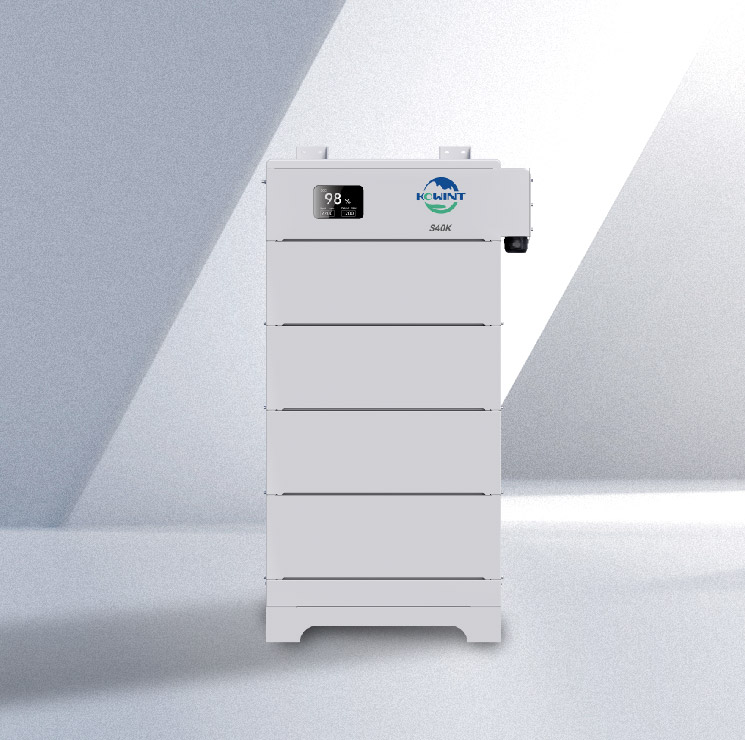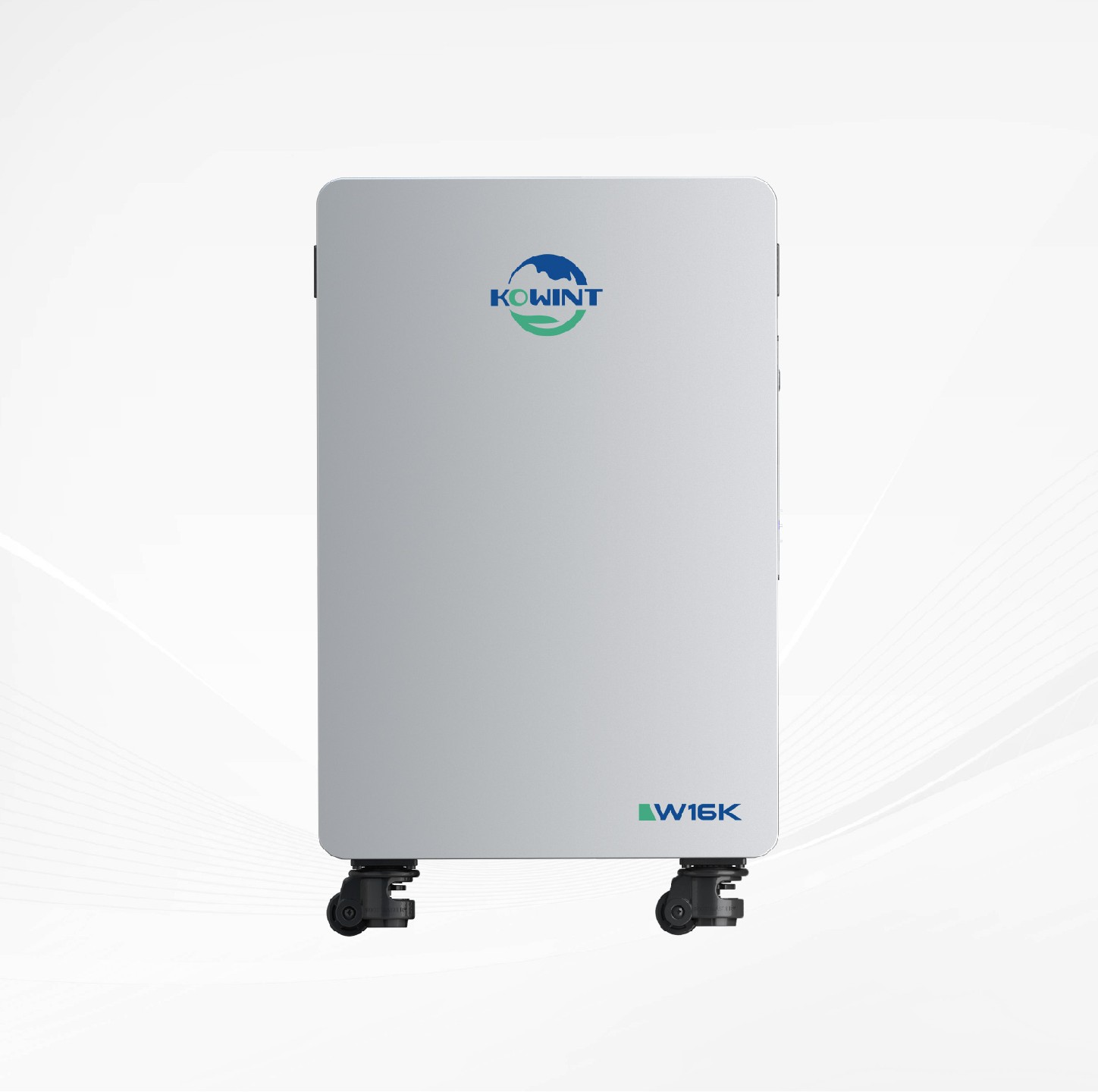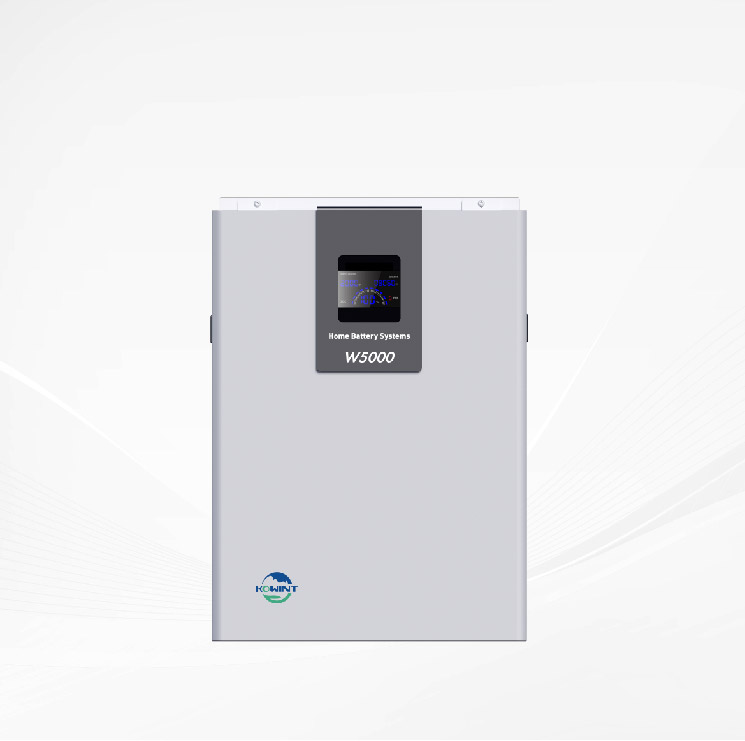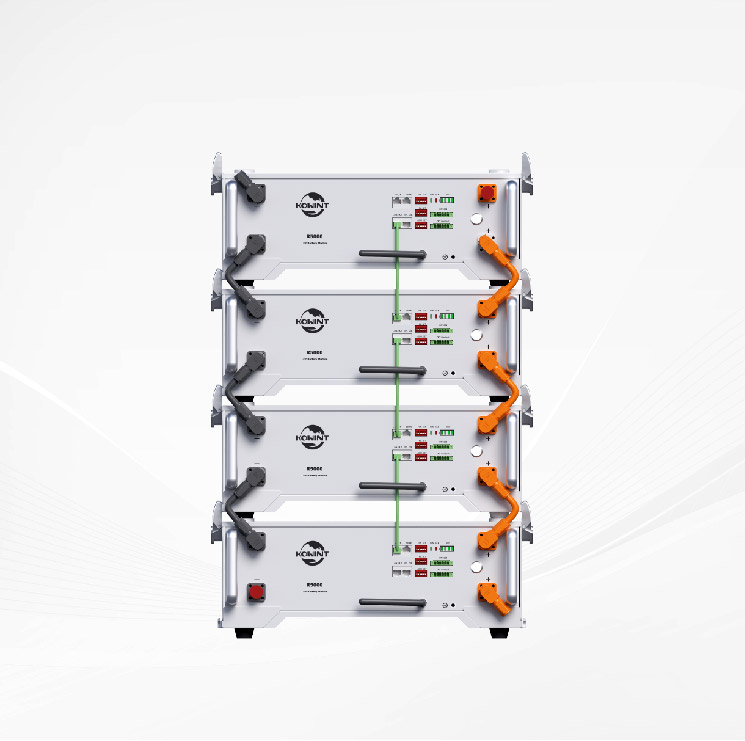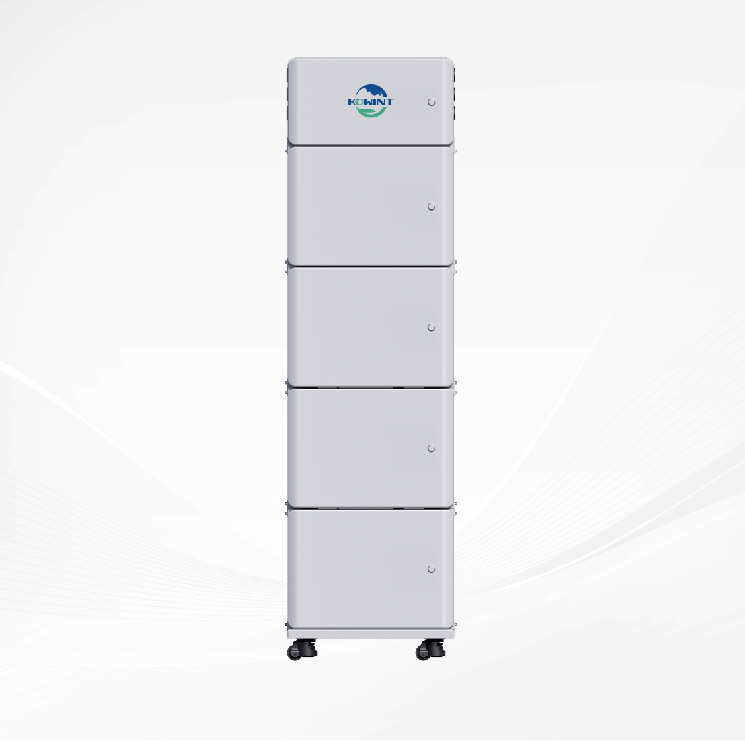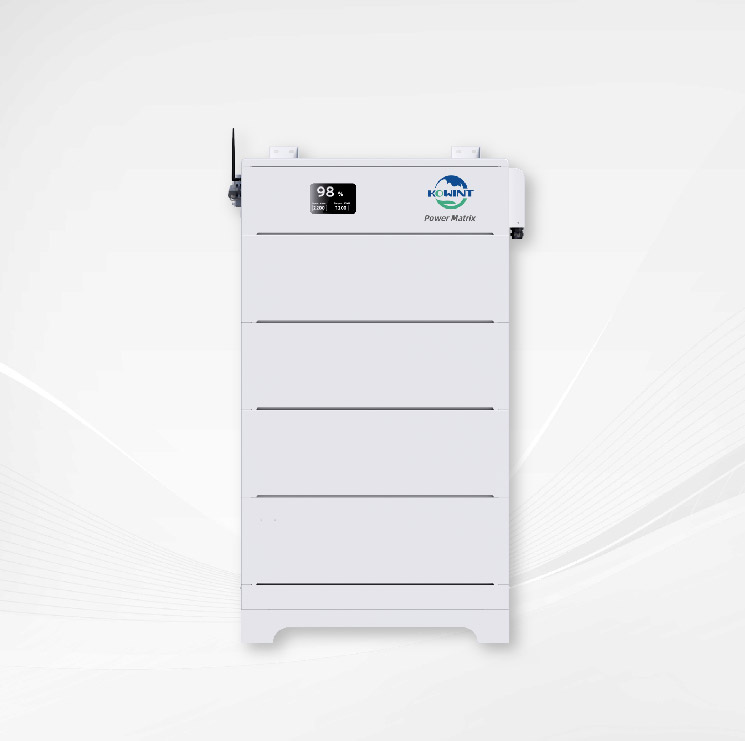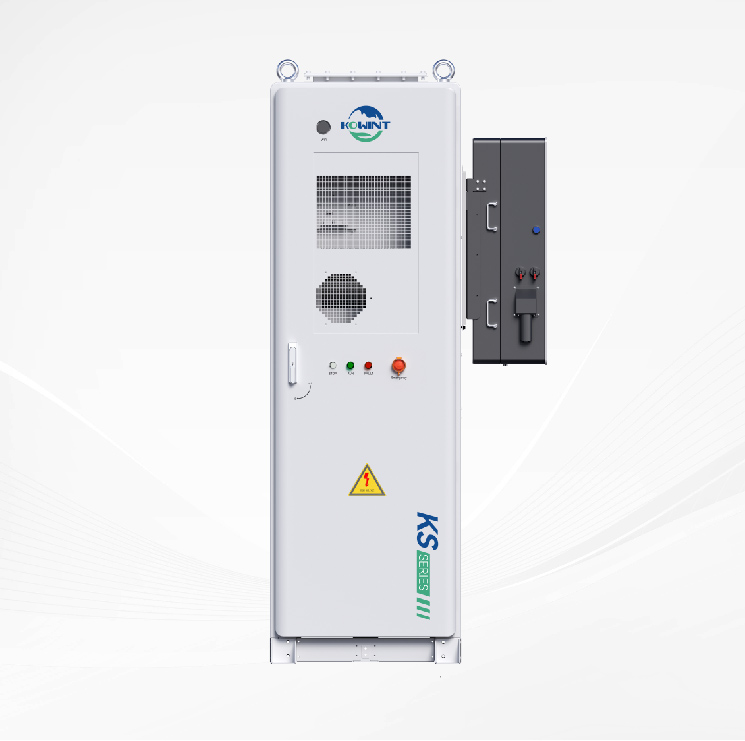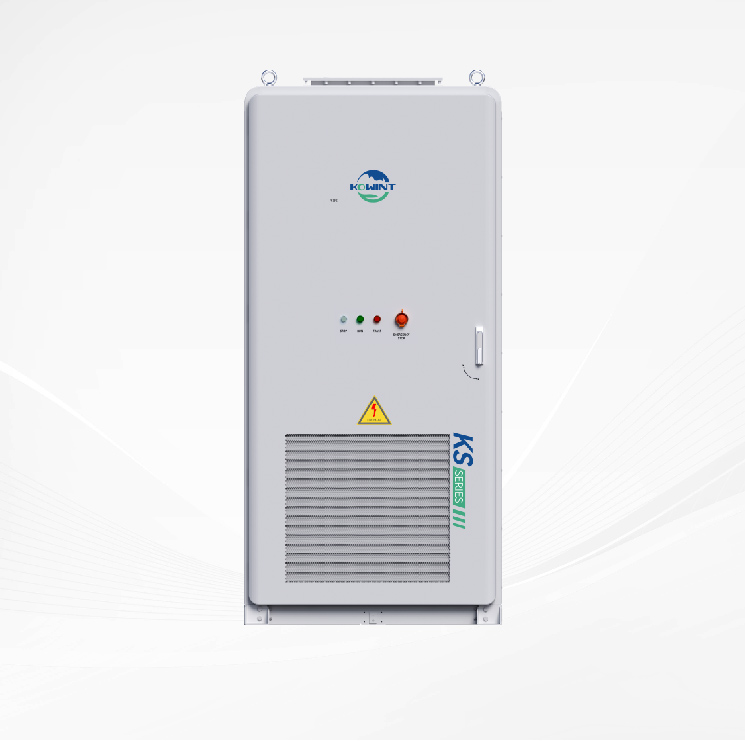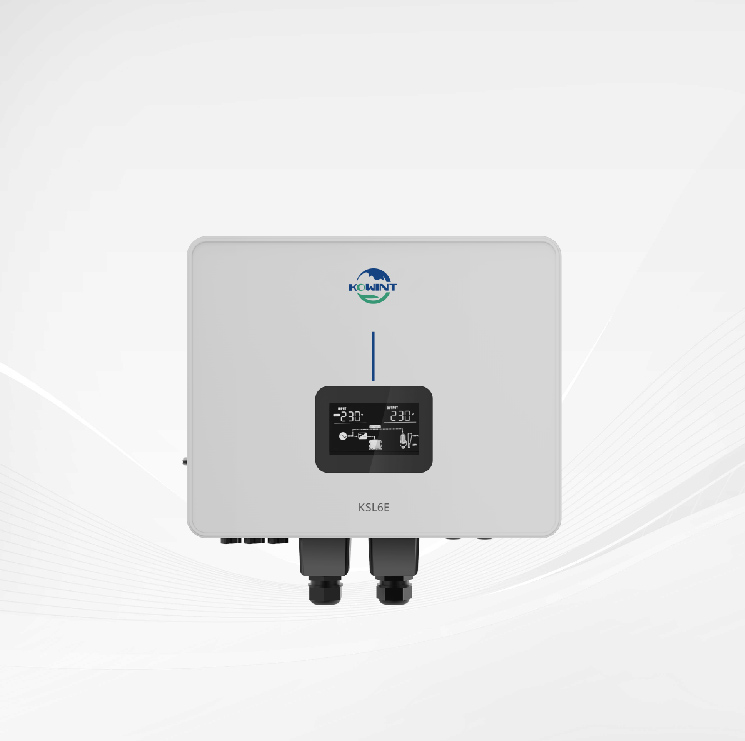Gel Cell vs. Lithium Batteries: Which One Charges Ahead in Energy Efficiency?
It is very important to pick the right solar cells. Before buying something, a lot of things are thought about. When it rains or clouds, or at night, batteries are one of the most important parts of off-grid solar systems for a backup power storage station. You should first know what you want your battery to do for you.
We made a short list of the most common kinds of batteries—Gel Batteries and Lithium Batteries—to help you choose the right one.
GEL Batteries
A gel battery has a network of silica gel and gel sulfuric acid as the electrolyte. It stays in a liquid state and fills the space between the membrane and the positive and negative poles. The gel sticks to the sulfuric acid solution and doesn't let go. Because of this, gel cells don't shake easily.

Another benefit is that GEL batteries last longer and are safer to use. We can also add a deep discharge cycle, which will help them. This means they can be used in any emergency situation and for testing solar projects.
One more thing about GEL batteries is that they have a low discharge ampere mode. They don't need any special care and can be fully discharged. The battery isn't used to high charge and discharge currents, so it takes a long time to charge them again.
Different kinds of gel cells
Deep-cycle gel batteries and fixed gel batteries are the two main types of gel batteries that people buy.
Gel batteries that stay in one place are designed to be used in spare power systems for homes and businesses. They are meant to be used as backup power instead of main power because they have a low discharge rate.
Deep-cycle gel batteries are made to be used continuously in electric cars, marine and RV power systems, and solar power systems. They can be charged and discharged many times, and their cycle life is longer than that of fixed gel batteries.
Gel batteries: ideal for emergency batteries
A battery needs plates and a liquid to work. The current is made between the plates and the current. Historically, this electrolyte was a liquid, which is not ideal for a boat that isn't meant to be stable. Gel batteries can handle motion well because they use a gel electrolyte. Gel batteries are great for all kinds of emergency situations because they have a very low discharge rate and have been used in the business world for almost 40 years. Due to their long life of 10 to 20 years, they are often found in hospital engines. Gel batteries can be flipped over and can handle being sunk in water. They also have 30% more store space than a regular battery. They don't need any special care and can be fully discharged. The good things in life don't come for free, of course. That's how much a 150A gel battery costs. What is their only flaw? People think that they recover slowly because the battery isn't made to handle high charge and discharge currents.
Lithium Batteries
Since their prices have gone down a little over the last five years, lithium batteries are being used in more situations. According to Statista Statistics show that the market for lithium batteries will grow at a rate of 14.6% per year until 2026.
Trinary, manganate, and iron phosphate are the three main types of lithium batteries. The renewable energy business can find the best solutions in the last type. Low maintenance, stable chemical materials, monitoring of activity state, and light weight make it easier to set up and move.
Another big benefit of lithium batteries is that they can use all the energy they store. They also charge twice as quickly as regular batteries.
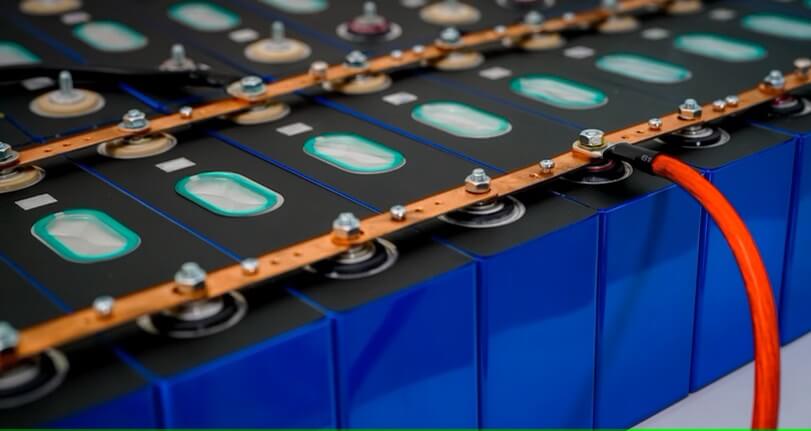
In fact, lithium batteries can be used for a lot of different things, like electric cars, solar storage and installations, buggies, remote tracking, and more.
Different Types of Lithium Battery
Lithium batteries come in four different types: lithium cobalt oxide (LCO), lithium iron phosphate (LFP), lithium manganese oxide (LMO), and lithium nickel cobalt aluminum oxide (NCA). Take a quick look at all of these lithium batteries:
l Because they are stable and last a long time, LCO batteries are often used in small electronics.
l On the other hand, LFP batteries are often found in electric cars and systems that use green energy.
l LMO batteries are often found in electric bikes and power tools.
l NCA batteries are used in high-performance electric cars.
Gel VS Lithium Batteries, How to Choose

To finish this study, we put all of the data into the table above:
l Lithium batteries can work in a much wider range of temperatures.
l The normal temperature for charging or storing should be 0℃. Or both types of charges will fail.
l Three GEL cells weigh the same as two Lithium batteries.
l It is safe to use and carry both GEL and Lithium batteries. The chemicals inside GEL batteries work in a stable way. With a lithium battery, make sure you use the best battery management system (BMS) to keep it safe.
l Batteries made of gel cost half as much as batteries made of lithium.
Besides these things, we also looked at the following differences between the two types of batteries:
Life of a cycle
It is called a "charge cycle" when you use a battery to power your tools and then use your panels to charge it back up. When we talk about how long batteries last, we don't use years. Instead, we use cycles to figure out how long they last.It's kind of like keeping track of how many miles you drive. When looking at a used car's state, the mileage is much more important than the year it was made.The same goes for batteries and how many times they've been charged and discharged. At a holiday home, a sealed lead-acid battery might only be used 100 times in 4 years. At a full-time home, on the other hand, it might be used 300+ times in one year. The one that has been hundred times is in much better shape.Cycle life is also affected by depth of discharge, which is the amount of power used before the battery is charged again. The battery is under more stress when it is discharged deeper, so its cycle life is shorter. Lithium ion batteries last longer and can be used more times than gel batteries.
Depth Of Discharge
How much of the battery's total capacity is used up before it needs to be charged again is called its "discharge depth." The level of discharge would be 25% if you only use a quarter of your battery's power.When you use batteries, they don't die all the way. Instead, they have a suggested depth of discharge that tells you how much you can use before you need to fill them up again.Gel batteries should only be used until they are 50% dead. After that, you could hurt their chances of living longer.Lithium batteries, on the other hand, can handle being discharged 80% or more. This basically means that they have a bigger volume that can be used.
Thoughts on Price
Because lithium batteries are usually 50% more expensive at first, GEL is clearly the better choice for lower prices. Although lithium batteries cost more, they last a lot longer. A lithium battery that is well taken care of will usually last at least 2,000 cycles and still work at 80% of its full capacity. GEL and other alternatives to lithium will usually last between 500 and 1,000 rounds. Less time and money are spent on repairs, replacements, and installation when something lasts longer.
Efficiency
95 percent of the energy stored in lithium batteries can be used, while only 80 to 85 percent of the energy stored in GEL batteries can be used. More economy is directly linked to faster charging speeds as well. The two choices also have different levels of discharge, which refers to how much of the battery's power can be used before it needs to be charged again. There are lithium options that can go up to 80% depth of discharge, while most GEL choices only go up to about 50%.
Maintenance
One great thing about GEL batteries is that they are easy to use because they don't need any upkeep and won't leak. Silica and sulfuric acid are mixed in GEL batteries to make the gel-like material that gives the product its name. Because of this, the formulated material doesn't leak. GEL batteries are more sensitive to cold temps than lithium batteries, but they are easy to use and don't cost much, so they can be perfect for indoor areas that don't need to store a lot of footage. A lithium battery might be better for these situations because it is more efficient. On the other hand, lithium batteries don't handle heat well and are harder to get rid of than GEL cells.
Charge Rate
It is faster for lithium batteries to charge when they are more efficient. When charged, they can handle more power, which means they can be charged a lot faster than lead-acid batteries. This is very helpful in Zimbabwe, where you might only have a few hours to charge your battery if you only have a generator backup and no panels. The rate of charge is given as a fraction, like C/5, where C is the battery's capacity in amp hours (Ah). If you charge a 430 Ah battery at a rate of C/5, you would get 86 charging amps (430/5).Lead-acid batteries can only handle a certain amount of charge power. This is because if you charge them too quickly, they will get too hot. Also, as you get closer to full capacity, the charge rate slows down a lot.Lead acid batteries can be charged to about C/5 during the bulk phase, which is when they are at their fullest. After that, the charger slows down on its own to fully charge the batteries. Because of this, lead acid batteries sometimes need more than twice as long to charge as Lithium batteries.
Density of energy
Lithium batteries have a much higher energy density than lead-acid batteries, which means they can store more energy in a smaller area.A 5 kW machine might only need two lithium batteries, but 8 lead-acid batteries would be needed for the same job. This means that lithium weighs less than half as much when you look at the whole battery bank.This can really help if you need to think outside the box about how to place your battery bank. Better energy density makes it easier to hide your lithium battery bank in tighter areas, like when you hang an enclosure on the wall or put it in a closet.
Our Advice
Kowint says to pick batteries based on what you want to use them for and the price that fits your budget. When you want to test something or do a cheap solar project, GEL batteries are the best choice. When installed for a long time, lithium batteries last longer and don't need to be replaced as often.


 Residential Energy Storage System
Residential Energy Storage System Commercial & Industrial BESS
Commercial & Industrial BESS Residential inverter
Residential inverter